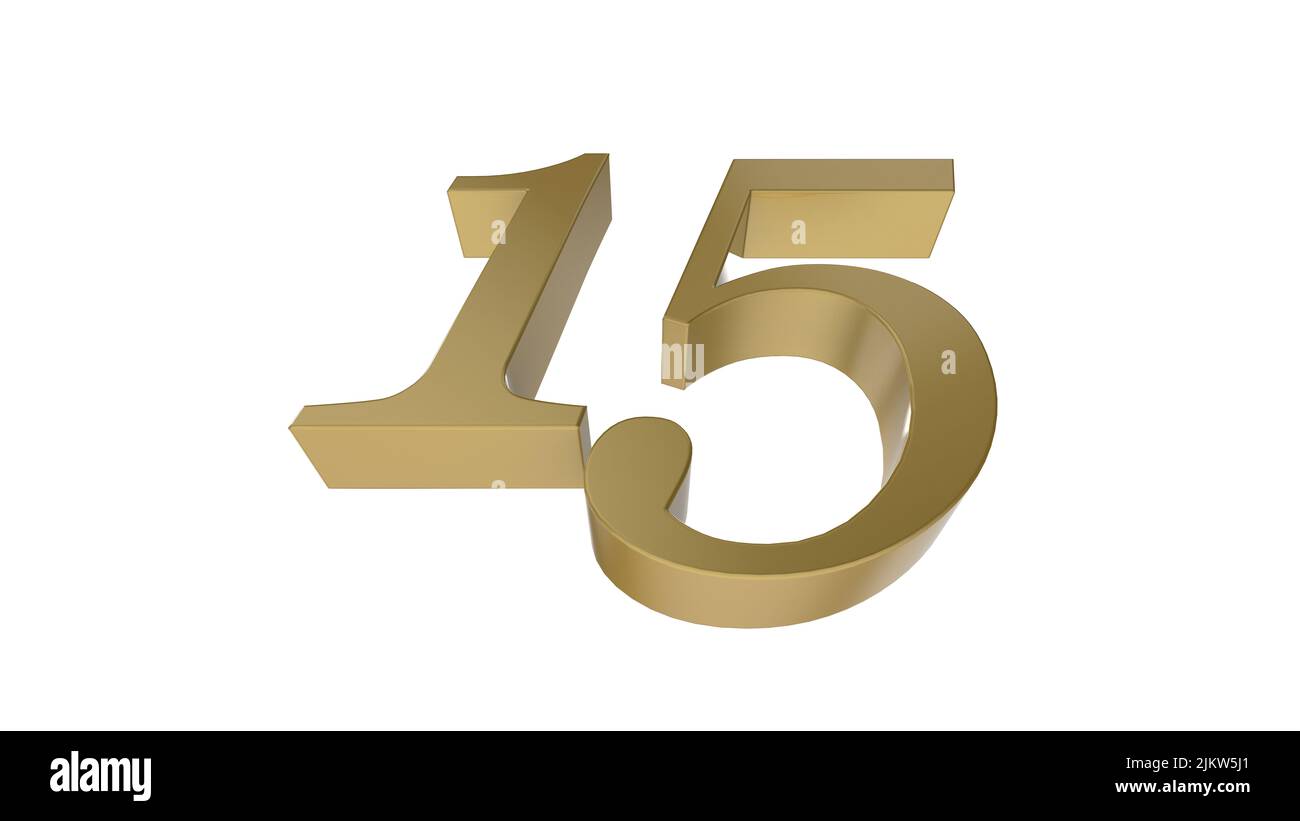15 Interesting Facts About Ancient Egypt - A Look Back
Step back in time with us, if you will, to a period long, long ago, when a truly amazing civilization thrived by a great river. We are talking about Ancient Egypt, a place that, honestly, still holds so much wonder for people even now. It's a land of towering stone structures, mysterious writings, and a way of life that, in some respects, was quite different from our own. From what we know, thanks to things like "My text" which helps shape these explorations, there are many little bits of information that just might surprise you.
This ancient society, you see, left behind a vast collection of clues about how they lived, what they believed, and the truly clever things they figured out. It's like finding pieces of a giant puzzle, and each piece, basically, tells a bit of a story. We often think of mummies and pyramids, and those are certainly part of the picture, but there's a whole lot more to their story than just those well-known items. There were people, just like us, with their own routines, their own ideas, and their own special customs.
So, get ready to peek behind the curtain of time. We are going to share some rather fascinating bits of information about this ancient place, some of which you might have heard of, and others that, quite possibly, will be completely new to you. It's a chance to consider some of the more curious parts of their world, and perhaps, get a sense of what made them so special.
- Gojos Last Name
- Crystal Couture Dress Toimpress
- Renee Rapp Height
- Crytal Couture Dress To Impress
- Dress To Impress Cristal Couture
Table of Contents
- How Did They Preserve Bodies - The Mummification Process
- What Was Life Like Along the Nile - Ancient Egypt's Lifeline
- Did You Know About Their Everyday Activities - A Glimpse into Daily Life from 15 interesting facts about ancient egypt
- What Role Did Animals Play - Cats and Other Creatures in 15 interesting facts about ancient egypt
- The Grand Structures - Pyramids and the Great Sphinx
- Who Ruled the Land - Pharaohs and Their Power
- The Written Word and Beyond - Hieroglyphs and Ingenious Creations
- How Did They Keep Records and What About Their Medical Skills - Early Innovations from 15 interesting facts about ancient egypt
How Did They Preserve Bodies - The Mummification Process
One of the most talked-about practices from ancient Egypt is, for sure, how they prepared bodies after someone passed away. This whole process, called mummification, was a really long and involved affair, taking about seventy days to finish up. They truly believed that for a person's spirit to live on in the afterlife, their body needed to stay in good shape. So, this wasn't just a simple burial; it was a deeply spiritual act, meant to help the deceased continue their existence in another world.
The folks who did this work, the embalmers, had quite a bit of skill. They would, you know, remove the internal parts of the body, like the brain and most of the other organs. These parts, except for the heart which they thought held a person's intelligence and feelings, were put into special containers called canopic jars. Then, the body was covered in a type of salt called natron, which helped to dry it out completely. This drying part was very important to keep the body from breaking down. After all that, the body was carefully wrapped in many layers of linen strips, often with good luck charms placed between the layers to give the person extra protection on their journey.
What Was Life Like Along the Nile - Ancient Egypt's Lifeline
The Nile River was, basically, everything to the people of ancient Egypt. It wasn't just a body of water; it was the source of all their good fortune, really. This long, flowing river would, in fact, overflow its banks once a year, bringing rich, dark mud to the surrounding land. This mud made the soil incredibly good for growing crops, which meant they had plenty of food to eat. Without the Nile, the land would have been just dry desert, and a huge civilization like theirs simply wouldn't have been able to exist.
- Adriana Chechnik Twitter
- Bem Painful Video
- Cast Of The Original Wizard Of Oz
- How Many Nose Jobs Did Michael Jackson Have
- Drake Video Unfiltered X Twitter
People used the Nile for travel, too. Boats were a common way to get around, moving goods and people from one place to another. The river also provided fish, which was a big part of their diet. So, you see, it was a busy place, a kind of main road and a giant garden all rolled into one. It truly shaped their entire way of living, from what they ate to how they built their communities, as a matter of fact.
Did You Know About Their Everyday Activities - A Glimpse into Daily Life from 15 interesting facts about ancient egypt
When we think about the day-to-day existence of people in ancient Egypt, it's interesting to consider how they spent their time. For most people, life was tied to the farming cycle, working the land near the Nile. They grew things like wheat and barley, which they used to make bread and beer, two really common parts of their meals. Children, you know, often helped out with chores around the home or in the fields from a pretty young age. It was a community effort, where everyone had a part to play.
For fun, they had games, like one called Senet, which was a board game that looks a bit like checkers or backgammon. It was played by people of all different social standings, from common folk to even the pharaohs themselves. They also enjoyed music and dancing, and sometimes, for example, would have big feasts. Women, too, had a good deal of freedom compared to women in some other ancient societies. They could own property, run their own businesses, and even represent themselves in legal matters. This is quite a bit more freedom than you might expect, honestly, when you consider other places from that time.
What Role Did Animals Play - Cats and Other Creatures in 15 interesting facts about ancient egypt
Animals had a very special spot in the hearts and minds of the ancient Egyptians, as a matter of fact. Cats, in particular, were thought of as rather sacred creatures. They were linked to the goddess Bastet, who was a protector of homes and families. People kept cats as pets, and if a cat passed away, the family would, sometimes, go into a period of mourning, just like they would for a human family member. It was a truly big deal, you see, to have a cat in your home.
Other animals, like crocodiles and hippos, were also connected to different gods and goddesses, and some were even mummified themselves, like birds or fish. This shows how deeply their beliefs about the divine were mixed with the natural world around them. Animals were not just sources of food or labor; they were seen as having a spiritual significance, playing a part in the balance of their world and their connections to the divine powers that, they believed, watched over them.
The Grand Structures - Pyramids and the Great Sphinx
When you picture ancient Egypt, you probably, you know, think of those enormous, pointy stone buildings. The pyramids are, without a doubt, some of the most impressive things ever built by people. They were made as resting places for the pharaohs, the rulers of Egypt, and their families. The idea was that these massive structures would keep the pharaohs safe in the afterlife and help them on their journey to become one with the gods. It took many, many years and a huge number of workers to put these together, moving incredibly heavy stones into place.
And then there's the Great Sphinx, a truly mysterious and grand statue with the body of a lion and the head of a person. It sits near the Great Pyramid of Giza and, basically, seems to guard the area. No one is entirely sure who its face represents, though many think it's the pharaoh Khafre, who had a pyramid built nearby. It's a very old structure, and its purpose is still a bit of a puzzle for people who study ancient times. It's a symbol of the enduring mystery and power of that ancient land, you know.
Who Ruled the Land - Pharaohs and Their Power
The pharaohs were, essentially, the kings and queens of ancient Egypt, but they were seen as much more than just rulers. People believed that pharaohs were living gods, or at least, very close to the gods. This meant they had absolute control over everything in the land, from the laws to the religious practices. Their word was, basically, law, and people followed it without question. They were responsible for keeping the gods happy and making sure the Nile flooded each year, which was, you know, a pretty big job.
The pharaoh's role was also to lead the army, manage the country's wealth, and oversee all the building projects, like the grand temples and, of course, their own tombs. They wore special crowns and clothing that showed their high position and connection to the divine. The idea of a pharaoh as a god-king was a central part of ancient Egyptian society, and it kept things running in a very structured way for thousands of years. It was a system that, in some respects, really worked for them for a long time.
The Written Word and Beyond - Hieroglyphs and Ingenious Creations
The ancient Egyptians had a unique way of writing, called hieroglyphs. These weren't just letters; they were pictures that stood for words, sounds, or ideas. Imagine trying to write a sentence using little drawings for everything! It was a complex system, and only a small number of people, mostly scribes, knew how to read and write it. They used these hieroglyphs to record history, religious texts, and everyday things on temple walls, tombs, and special paper made from plants.
For a long time, no one could figure out what these hieroglyphs meant, until the discovery of the Rosetta Stone. This stone had the same message written in three different ways: in hieroglyphs, in another ancient Egyptian script, and in ancient Greek. This allowed people to finally crack the code and, basically, start to read the stories and records left by the ancient Egyptians. It was a truly big moment for people who study history, opening up a whole new world of information about this ancient society.
How Did They Keep Records and What About Their Medical Skills - Early Innovations from 15 interesting facts about ancient egypt
Beyond the impressive writing on walls, the ancient Egyptians also came up with a rather clever material for keeping records. They used papyrus, a plant that grew abundantly along the Nile River. They would take the stalks of this plant, slice them into thin strips, and then lay them out in layers, pressing them together to form a flat, flexible sheet. This was, you know, their version of paper, and it allowed them to write down all sorts of things, from stories and poems to legal documents and medical texts. It was a really important invention for sharing information and keeping track of things over time.
Speaking of medical texts, the ancient Egyptians were, in fact, quite advanced in their medical knowledge for their time. They had doctors who specialized in different parts of the body, like eye doctors or dentists. They performed surgeries and knew a lot about different plants and their healing properties. Evidence suggests they even created early prosthetic devices, like a working toe made for someone who had lost theirs. This shows a very practical and inventive side to their society, a willingness to figure out solutions to real-world problems, which is pretty amazing, if you think about it.
Another interesting bit is that they used makeup, especially kohl, not just for looks but for practical reasons, too. They believed it helped protect their eyes from the bright sun and kept away flies, which could carry diseases. So, it wasn't just about looking good; it was, you know, also about staying healthy in a very sunny place.
And then there is the fact that they were, in some respects, pretty good at math and astronomy. They used their knowledge of the stars to figure out the best times for planting crops and for religious festivals. This understanding of the heavens helped them create a calendar that was, basically, quite accurate for their time. It's amazing to consider how much they figured out with the tools they had, truly.
The ancient Egyptians also had a strong belief in many gods and goddesses, each with their own special role. There was Ra, the sun god, who was incredibly important, and Osiris, the god of the afterlife, and Isis, his wife, who was a powerful mother goddess. Their lives were deeply connected to these beliefs, with rituals and offerings playing a big part in their daily routines. It was a world where the divine was, honestly, very present in everything they did.
They had a rather strict social structure, too, with the pharaoh at the top, followed by priests and nobles, then scribes and soldiers, and finally, farmers and laborers at the bottom. But, you know, there was some movement between these groups, and people could sometimes move up if they were skilled or worked hard. It wasn't completely fixed, which is a bit different from what some might assume.
The last pharaoh of Egypt, Cleopatra VII, is a figure that, honestly, many people know about. She was a powerful and clever ruler, famous for her relationships with Roman leaders like Julius Caesar and Mark Antony. Her story is a dramatic one, marking the end of an era for ancient Egypt as an independent kingdom. Her passing meant that Egypt became a part of the Roman Empire, which was, basically, a very big change for the land.
They also had a strong sense of justice, with a legal system that, in some ways, seems quite fair for its time. People could bring their complaints to court, and there were judges who would listen to both sides of a story. This shows a society that, you know, valued order and fairness, at least in theory, for its people.
Finally, the ancient Egyptians were, in some respects, quite artistic. They created beautiful paintings on tomb walls, intricate jewelry, and detailed statues. Their art often showed scenes from daily life, religious stories, or depictions of their gods and pharaohs. These works of art give us a wonderful look into their world and their beliefs, and they are, basically, still admired for their beauty and skill today.
This journey through some interesting bits about ancient Egypt has touched on their ways of preparing bodies, their deep connection to the Nile, how they lived day to day, the special place animals held, the grand structures they put together, who held power, their unique way of writing, and their clever ideas for keeping records and helping people who were unwell. It's a look at a civilization that, honestly, continues to fascinate many of us, showing just how much can be learned from those who lived long ago.
- Cvs Pharmacist Ashleigh Anderson
- Crustal Couture Dress To Impress
- Gojos Last Name
- Cassie Del Isla
- Anna Biller Age

Red number 15 (number fifteen) with golden symbols endless knot. 3D

gold 15 number fifteen 3d illustration render Stock Photo - Alamy

Number 15 fifteen golden celebration birthday candle on yellow and blue